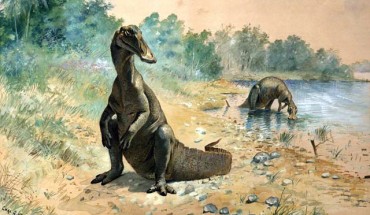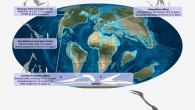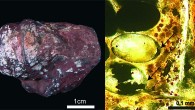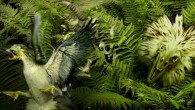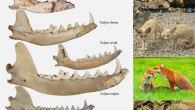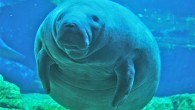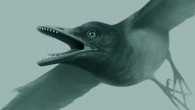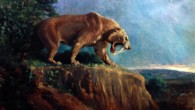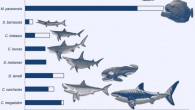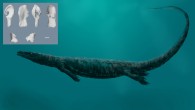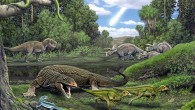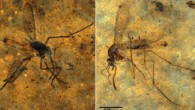A study by Prof Paul Else of the University of Wollongong, Australia, suggests dinosaurs may have produced a kind of milk for their offspring. “But before you start imagining T-Rex in a bra,” Prof Else said, “dinosaur lactation, if it did in fact exist, would have involved secretions from the upper digestive tract that produce a ‘milk-like’ substance.” “Pigeons, emperor penguins and flamingos all produce ‘milk-like’ substances from...

